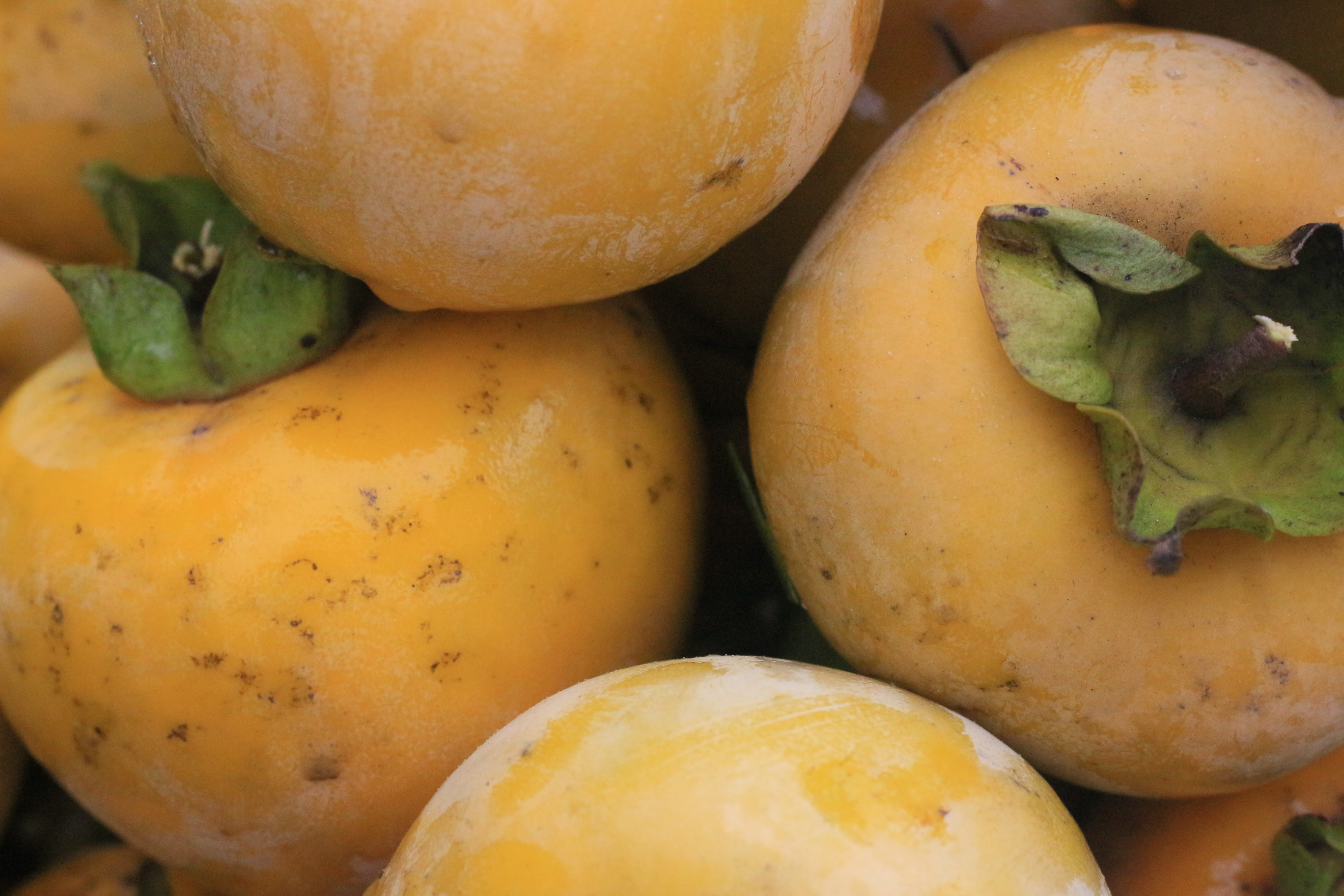
Growing Kaki at Home: Tips and Tricks for a Successful Harvest
Growing your own kaki (also known as persimmon) at home can be a rewarding and delicious experience. Kaki fruits are known for their sweet and slightly tangy taste, and can be used in a variety of dishes, from salads to desserts. Here are some tips on how to grow kaki at home, so you can enjoy a bountiful harvest.

Tip #1: Choose the right variety
Not all kaki varieties are suitable for growing at home. Some varieties, such as the Fuyu, are better suited for indoor or container growing, while others, such as the Hachiya, are better suited for outdoor growing. Make sure to choose a variety that is suitable for your climate and space before you begin planting. It’s important to research the hardiness zones and the tree’s characteristics to ensure the variety you choose will be well-suited for your local climate. Also, consider the size of the tree, as some varieties can reach up to 20ft tall, which may not be suitable for small gardens or yards.
In addition, some varieties are self-fertile, meaning they do not need another tree for pollination, which can make a big difference in the size of your harvest. On the other hand, other varieties are self-sterile and will need a pollinator nearby in order to bear fruit. Be sure to check the details of the variety you choose and plan accordingly.
Tip #2: Choose the right spot
Kaki trees need full sun in order to thrive, so make sure to choose a spot in your garden that gets at least 6 hours of direct sunlight per day. The soil should be well-draining and rich in organic matter. If your soil is heavy clay or sandy, consider amending it with compost or other organic matter before planting. Avoid areas that are prone to frost or heavy winds as these can damage or kill the tree.
When choosing the spot for your kaki tree, also consider the tree’s mature size, as well as its root system. Kaki trees have a deep and spreading root system, so make sure to give them enough room to grow and not to plant them near any structures or underground pipes.
Tip #3: Plant in the right season
The best time to plant kaki trees is in the spring or early fall. Make sure to plant the tree when it is dormant, as this will reduce the stress on the tree and increase the chances of successful establishment. Planting in the dormant season also allows the tree to focus on root growth, which is essential for the tree’s survival.
When planting, make sure to dig a hole that is at least twice as wide as the root ball and just as deep. Remove any packaging or burlap from the root ball and loosen any tangled roots. Place the tree in the hole and backfill with soil, making sure to tamp down firmly to remove any air pockets. Water well to settle the soil and remove any air pockets.
Tip #4: Prune regularly
Kaki trees need regular pruning in order to promote healthy growth and fruit production. Prune the tree in late winter or early spring, removing any dead, diseased, or crossing branches. This will allow more sunlight to reach the center of the tree, which will encourage fruit production. It will also help to control the tree’s size and shape, making it easier to manage and harvest the fruit.
When pruning, make sure to use clean, sharp pruning shears or a saw. Also
, make sure to make cuts just above a bud or branch, and avoid leaving a stub, as this can lead to disease or insect infestation. Avoid removing more than 25% of the tree’s canopy in one year.
Tip #5: Water and fertilize properly
Kaki trees need regular watering in order to thrive. Water the tree deeply, making sure that the water reaches the roots. It’s important to keep the soil consistently moist, but not waterlogged. In general, kaki trees require about an inch of water per week, but this can vary depending on the weather and your local climate.
Fertilize the tree in the spring, using a fertilizer that is high in nitrogen, phosphorus, and potassium. Repeat this process every few weeks throughout the growing season. Avoid fertilizing during the summer or fall, as this can cause the tree to grow too much foliage and not enough fruit.
Tip #6: Protect from pests and diseases
Kaki trees are susceptible to a variety of pests and diseases, such as aphids, scale insects, and fungal diseases. Regularly check the tree for signs of infestation or disease, and take action immediately if you notice anything. This may include removing affected branches, treating the tree with pesticides or fungicides, or adding organic matter to the soil to improve the tree’s overall health.
In addition, make sure to keep the tree healthy by providing it with enough water, sunlight and nutrients. A healthy tree is less likely to be affected by pests and diseases. Also, make sure to clean up fallen leaves and fruit, as they can harbor pests and diseases.
Tip #7: Harvest at the right time
Kaki fruits are typically ready to harvest in the fall, when they have turned a deep orange color and are slightly soft to the touch. Carefully twist the fruit from the branch, being careful not to damage the tree. Avoid leaving the fruit on the tree for too long, as it can rot or be damaged by pests.
Tip #8: Store properly
Kaki fruits can be stored for up to a month in a cool, dry place, such as a refrigerator. To extend their shelf life, you can wrap them in paper and store them in a cool, dark place.
Tip #9: Enjoy the fruits of your labor
Kaki fruits can be enjoyed fresh or cooked. They are a great addition to salads, jams, pies, and other desserts. They can also be dried or canned for later use.
Tip #10: Be patient
Growing kaki trees can be a rewarding and delicious experience, but it takes time. Be patient, and enjoy the process of growing your own kaki. Keep in mind that it can take up to 5 years or more for a tree to bear fruit. In the meantime, you can enjoy the beauty of the tree itself and the shade it provides.
By following these tips, you can successfully grow kaki at home and enjoy the delicious fruits of your labor. Happy gardening!
If you are interested in growing other fruits, check out these other articles: How to grow raspberries, How to grow dates, How to grow mango, How to grow pomegranate, How to grow pomelo, How to grow kiwi, How to grow strawberry, How to grow currants, How to grow currants, How to grow cranberries, How to grow bananas, How to grow citrus, How to grow blueberries, How to grow blackberries, How to grow pineapples, How to grow lemons,












